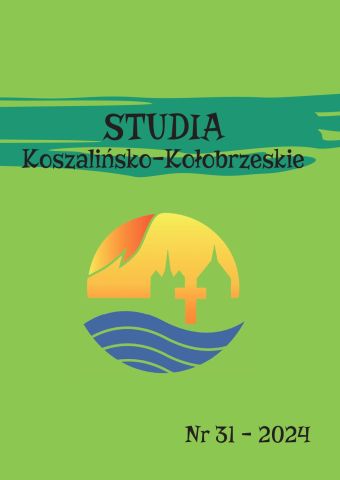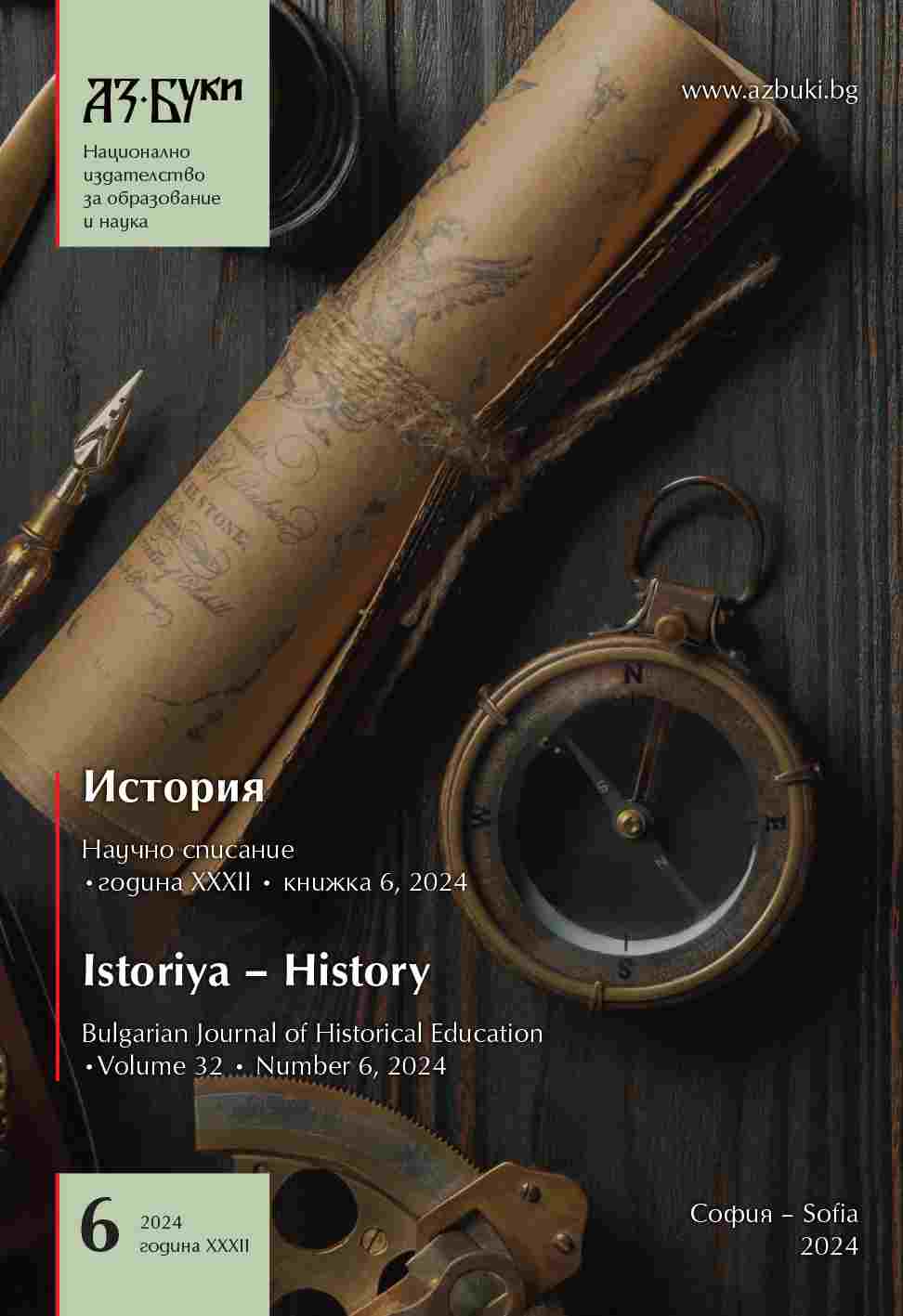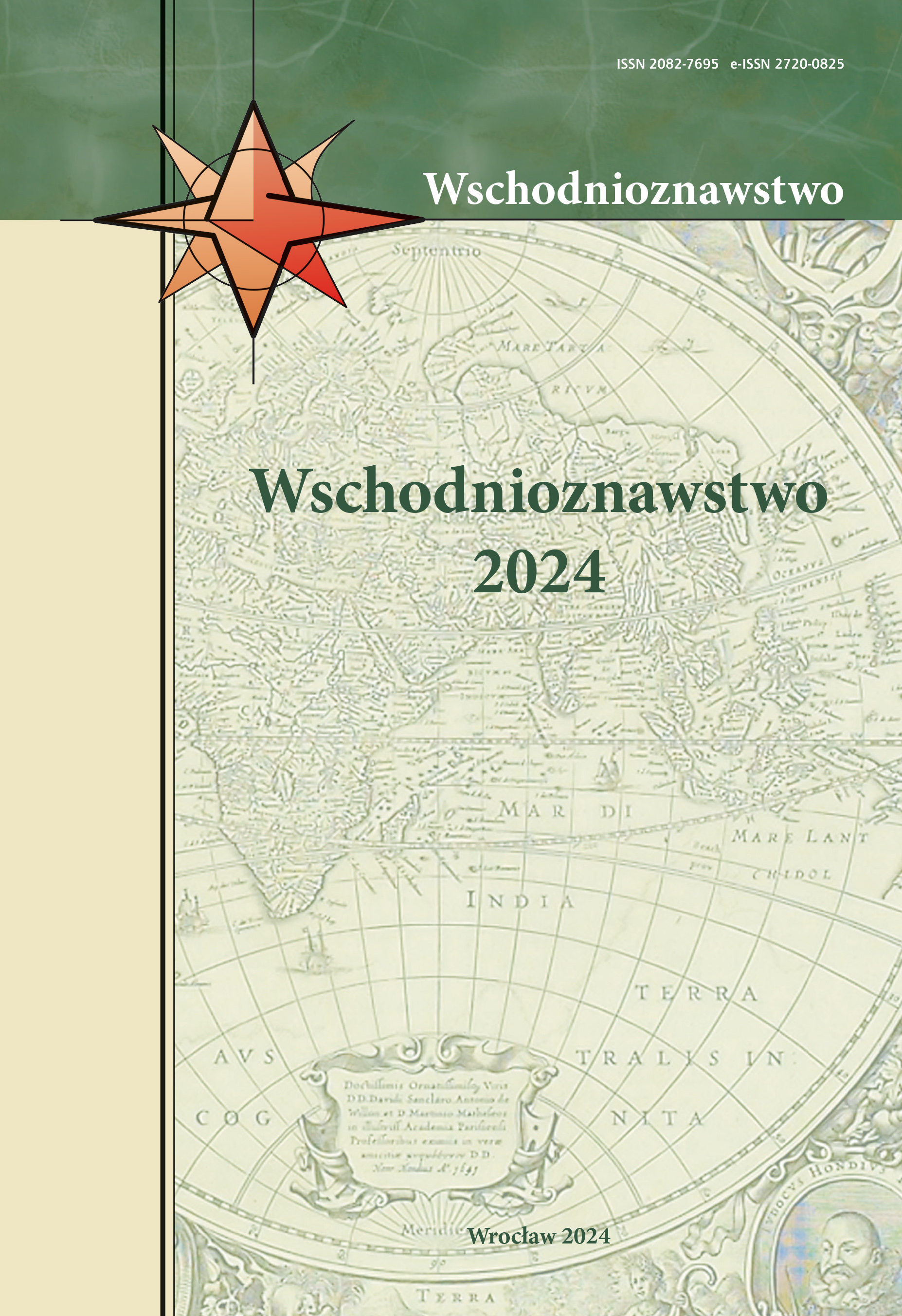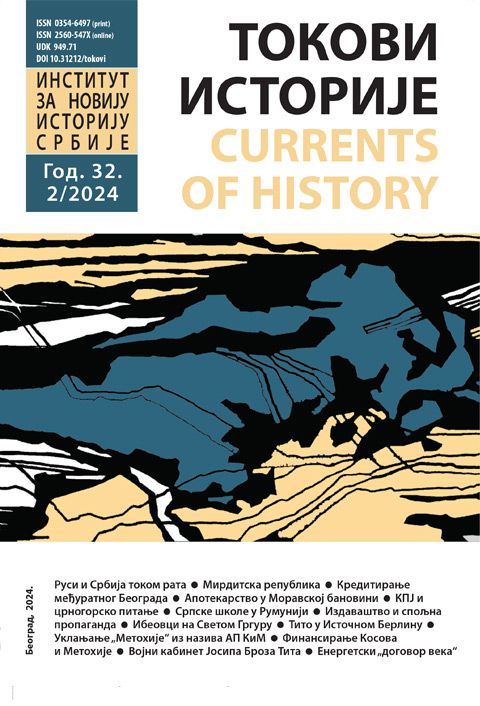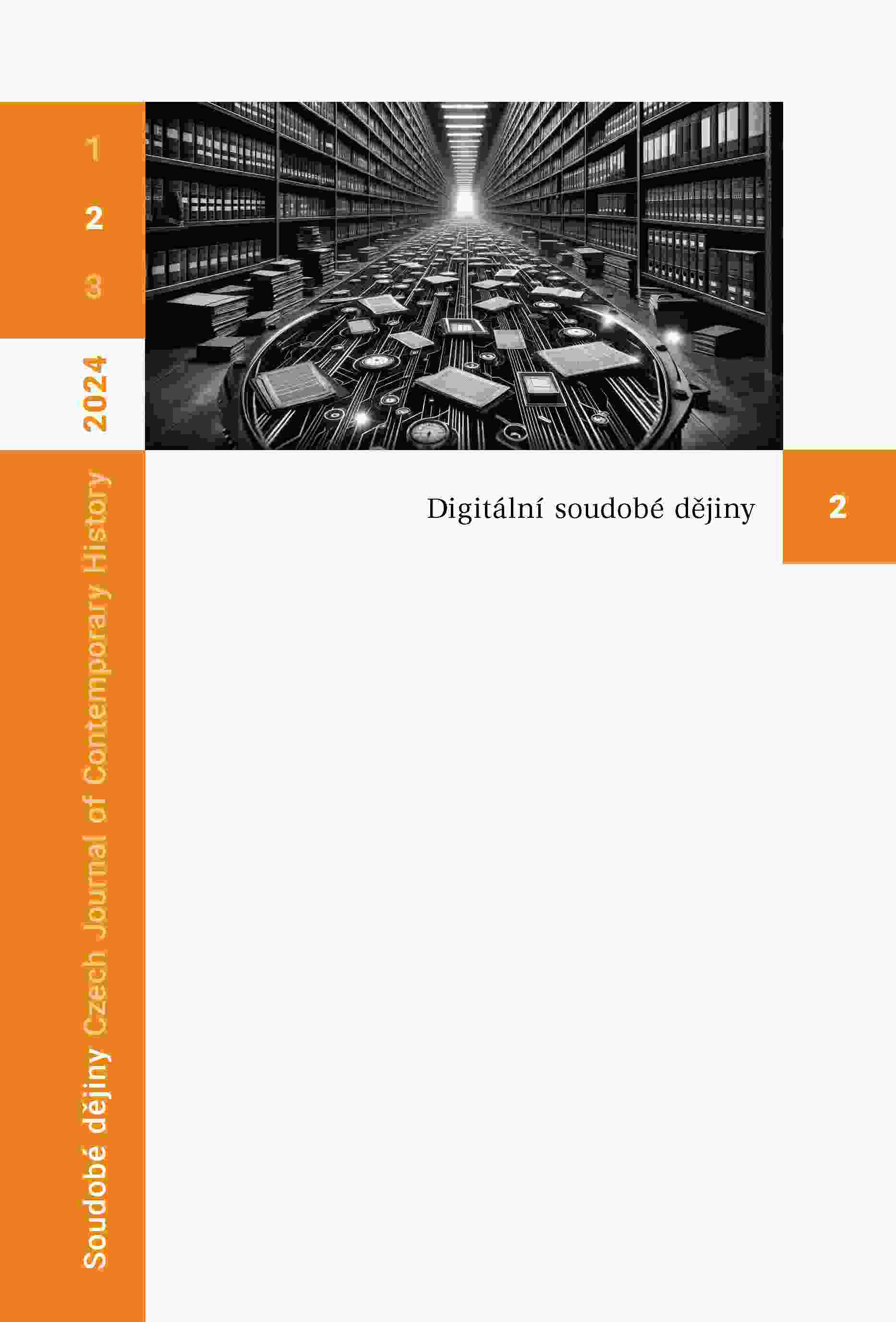
Ukrajinské dvacáté století jako jedna strana mince
The reviewer offers commentary on the book by Ukrainian historian, civic activist, politician and, in recent months, soldier Volodymyr Mykhailovych Viatrovych entitled "Ukrajinské 20. století: Utajované dějiny" [Ukrainian Twentieth Century: The Secret History], which is a Czech translation of the original edition "Ukraina: Istoriia z hryfom «Sekretno» (Kyiv, Klub simeinoho dozvillia 2011). He regards it as a valuable, though highly unconventional contribution to the field of modern Ukrainian history. The book is essentially a popularization of historical material, compiled by the author on the basis of dozens of his journalistic columns. It presents a subjective selection of historical stories, retold according to sources from the archives of the Ukrainian Security Service (Sluzhba Bezpeky Ukrainy, SBU), which the author interprets freely. The reviewer identifies a fundamental issue in Viatrovych’s approach, which effectively equates the history of Ukraine in the last century with the history of the Ukrainian nationalist movement, from its origins after the First World War to the activities of institutions such as the Organization of Ukrainian Nationalists (Orhanizatsiia Ukrainskykh Natsionalistiv, OUN) and the Ukrainian Insurgent Army (Ukrainska povstanska armiia, UPA), to Ukrainian dissent and the emergence of an independent Ukrainian state. Consequently, he excludes Soviet history from the narrative of Ukrainian history, portraying it as an alien and imposed element. He does not address the questions of how Ukrainians felt about the Soviet Union and the communist regime. Instead, he presents the argument that Ukrainians have consistently defined themselves in opposition to this reality. In such a one-sided and incomplete narrative, he tends to deny violent manifestations of Ukrainian nationalism – including anti-Semitism – as a “Soviet myth” or attempts to refute them with individual heroic stories. The objective of Viatrovych’s otherwise thought-provoking and well-written book is to identify the foundations of the old-new Ukrainian collective identity in the context of the current exacerbated situation of Russian aggression.
More...
